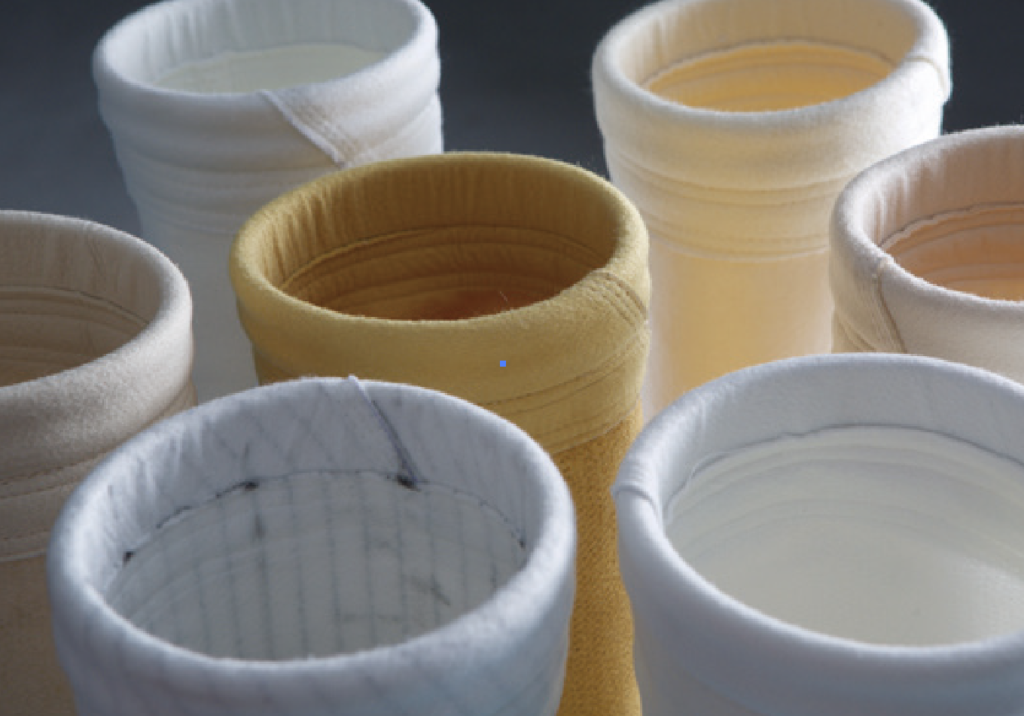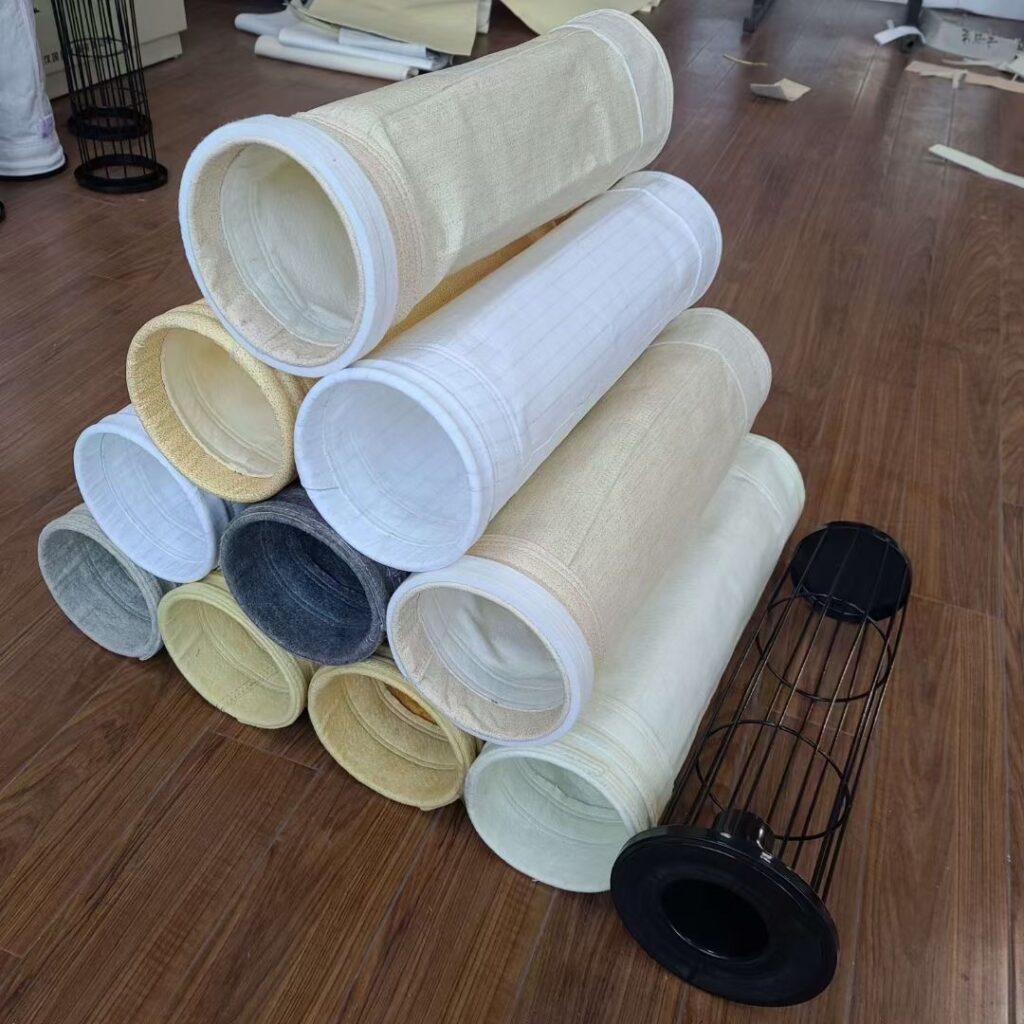When it comes to choosing the right baghouse dust collector for your industrial application, there are several critical factors to consider. In this guide, we’ll explore four key elements that play a crucial role in the selection process.
1. Air Volume Capacity (Q):
The air volume capacity, measured in cubic meters per hour (m3/h) or normal cubic meters per hour (Nm3/h), is one of the most important factors to consider when designing or selecting a baghouse dust collector. It represents the volume of air that the dust collector can purify within a unit of time.
When determining the air volume capacity, it’s essential to strike a balance. Overloading the dust collector with air volume beyond its capacity can lead to clogging of filter bags, reduced lifespan, and increased pressure loss, ultimately lowering dust collection efficiency. Conversely, selecting a capacity too large may result in unnecessary equipment investment, increased space requirements, and resource wastage.

2. Operating Temperature (℃):
The operating temperature of a baghouse dust collector depends on two factors: the maximum temperature that the filter material can withstand and the requirement that the gas temperature must remain above the dew point temperature. With many filter materials capable of withstanding temperatures up to 280°C, additional cooling or heating measures may be necessary for gases exceeding or falling below these thresholds, respectively.
While the operating temperature does not significantly affect dust collection efficiency in baghouse dust collectors, unlike electrostatic precipitators, it is crucial to ensuring the longevity and performance of the filter bags and equipment components.
3. Inlet Dust Concentration (g/m³):
The inlet dust concentration, expressed in grams per cubic meter (g/m³) or grams per normal cubic meter (g/Nm³), is determined by the process conditions at the dust generation points. It is a critical factor in the design or selection of baghouse dust collectors, second only to air volume capacity.
The inlet dust concentration directly impacts several aspects, including pressure loss, cleaning cycle frequency, wear on filter bags and housing, the necessity of pre-dust collection, and the discharge capacity of ash handling systems. Additionally, it influences the choice between positive and negative pressure operation modes to minimize fan wear.

4. Outlet Dust Concentration (g/m³):
The outlet dust concentration refers to the concentration of emissions from the dust collector and is measured using the same units as the inlet dust concentration. The acceptable level of outlet dust concentration is typically determined by local environmental regulations or customer requirements, with baghouse dust collectors generally capable of achieving emissions below 30 mg/Nm³.
When selecting a baghouse dust collector, it’s crucial to ensure that the chosen model can meet the required outlet dust concentration standards to comply with environmental regulations and maintain air quality standards.
In conclusion, by carefully considering these four key factors—air volume capacity, operating temperature, inlet dust concentration, and outlet dust concentration—you can make informed decisions when selecting a baghouse dust collector that meets your specific industrial needs. DiamFilter is here to assist you in finding the perfect solution tailored to your requirements, with our commitment to quality, reliability, and customer satisfaction.
